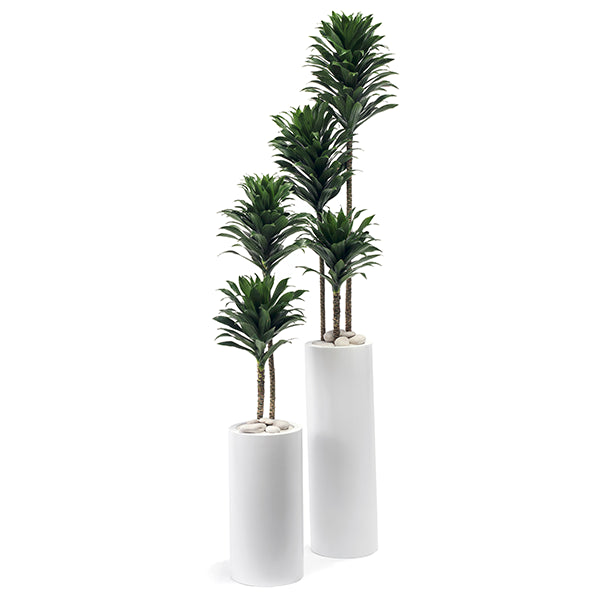

Dracaena deremensis 'Janet Craig' Compacta
Janet Craig
Choosing the Right Location
How and When to Water


We will send you an email to reset your password


Janet Craig

